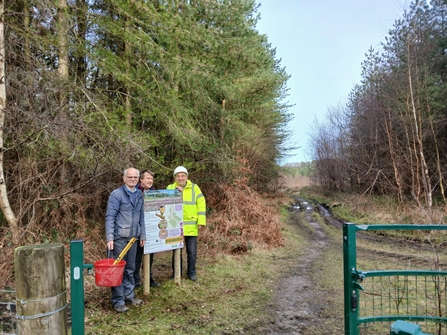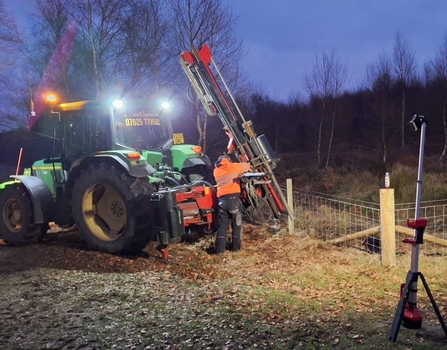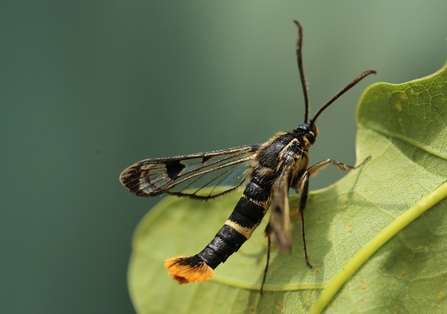A year sure does fly by, especially when you’re looking after such an important wildlife corridor in the Cannock Chase National Landscape and having so much fun at the same time!
In April 2024, we were awarded FIPL (Farming in Protected Landscapes) funding through the Cannock Chase National Landscape. Through the programme, farmers and land managers can access support to carry out nature recovery projects, as well as projects which mitigate the impacts of climate change, provide opportunities for people to discover, enjoy and understand the landscape and cultural heritage, or support nature-friendly, sustainable farm businesses. You can read our initial announcement about taking on management of this Forestry England owned land on this webpage.
The first job on the list was to set up the new volunteer work party. What an incredible response we had! We now have an enthusiastic group which meets on the first Wednesday of every month. To date, with the addition of a couple of corporate volunteer groups, the volunteers have clocked up close to 500 hours of volunteer time, which is incredible! They’ve got stuck in carrying out various conservation tasks across the site. It’s a wonderful friendly group, with people from all backgrounds and we look forward to Wednesdays working on Cannock Chase with such a lovely bunch of people.





